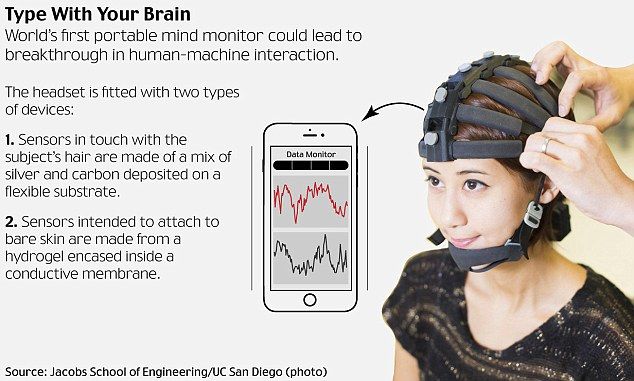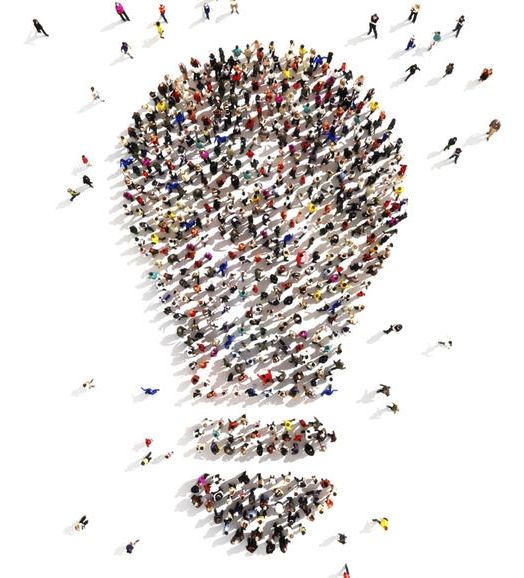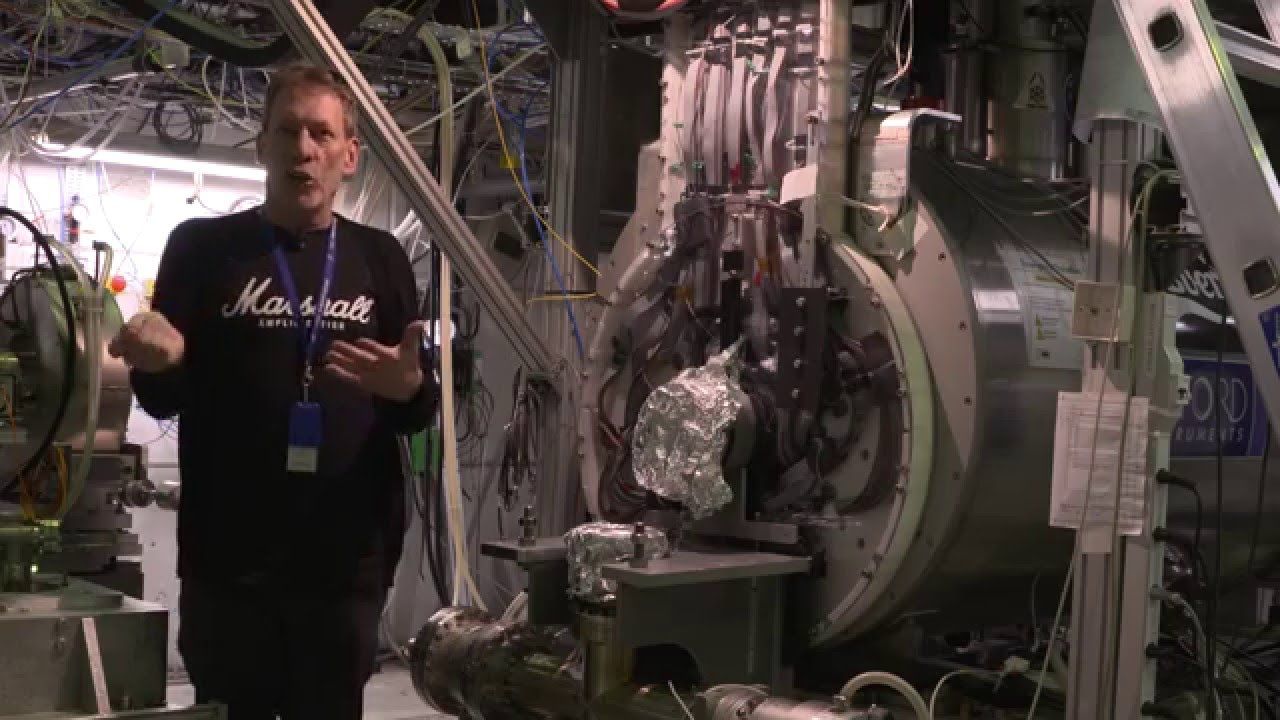
Welcome to a new age of AI Healthcare
Although we’re in the early release/ deployment stages of the AI doctor experience and compound that with a 10 year evolution of technology and health science being intertwined together as one/ Singularity; could we see a day soon when technology and engineering graduates having their own education include medical school? Definitely could be as we move more into a singularity future and as the many of the routine patient services evolve to AI and Robotics.
Granted, companies hire today doctors and nurses, etc. to consult their engineers and techies; however, Singularity and as we evolve to it, will require engineers and techies to have their own level of a in-depth medical background/ knowledge due to it’s complexity. Now, imagine the change and transformation that will be required across our educational system as well in order for us to be prepared for this new future.
London-based digital healthcare startup, Babylon is an artificially intelligent ‘doctor’ that aims to prevent illnesses before they occur. To do this, the program tracks your daily habits, diagnosis illness based on symptoms and integrating data about heart rate, diet and medical records.
Continue reading “London startup ‘Babylon’ thinks its AI doctor could predict your future health” »














